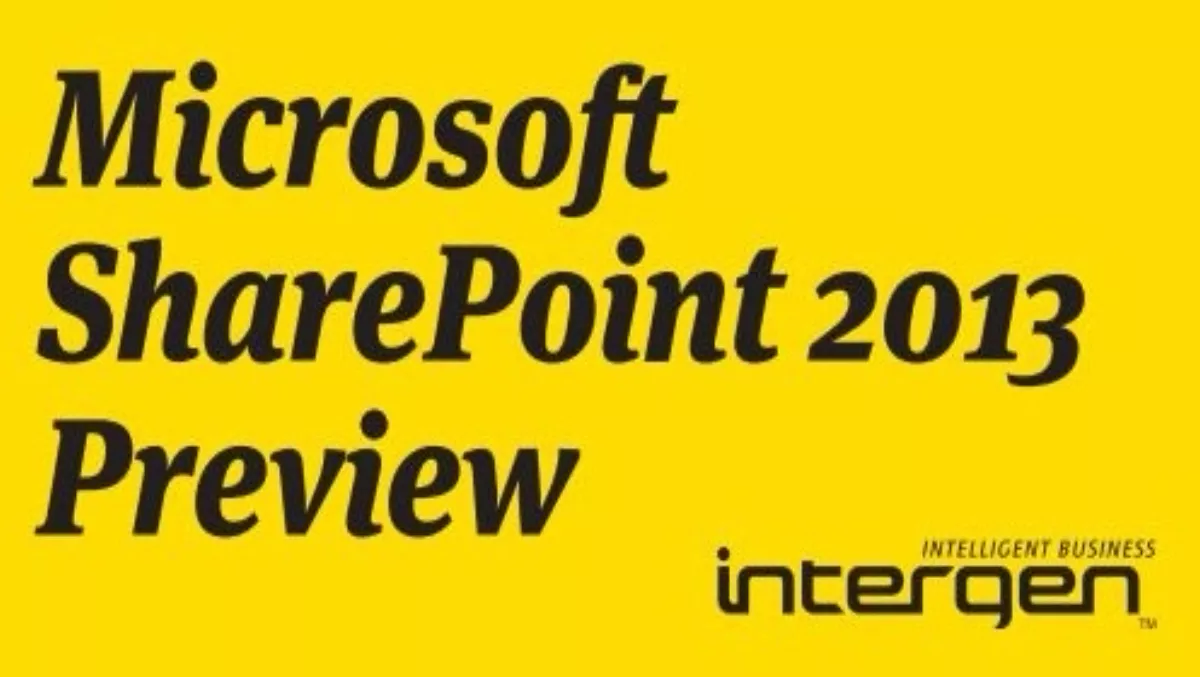
Microsoft SharePoint 2013 indepth explanation
Thanks to the folks at Intergen, who've put together this explanation of Microsoft SharePoint 2013.
During July 2012, Microsoft publically shared details about Microsoft SharePoint 2013 for the first time. Coinciding with its announcements around Office 2013, Microsoft also released beta software, including that for SharePoint 2013. While no release date was given, we can expect the final version of Office, including SharePoint, towards the end of 2012.
Microsoft SharePoint 2013 contains a significant number of improvements to previous versions of SharePoint, in key areas such as mobility, productivity and social. We recommend that if you're considering a new SharePoint deployment or upgrading from a previous version, then now is the time to understand the new features on offer and use this as the basis of any assessment you might make.
As with earlier versions of SharePoint, the platform can be used on its own as an enterprise content management solution or web content management solution, but even greater value can be derived through its integration with the other applications in the Microsoft Office range, and the other enterprise applications (such as the Dynamics ERP and CRM solutions) that will take advantage of its capabilities over time.
Intergen has already been working with SharePoint 2013 for over six months as part of the early beta programs. This means we've already seen it in action in an enterprise setting and can advise you on the best way to move forward with this new technology.
This paper provides a high-level overview of the key improvements in Microsoft SharePoint 2013 and what benefits these provide organisations.
» There are a number of general user interface improvements such as easy list creation, searching and editing and drag and drop document uploading. You'll be surprised at how much easier SharePoint is to use and user adoption and training will benefit from these improvements. » A new Share feature allows users to easily share sites and content with each other rather than dealing with complex permissions. » There a number of new and welldesigned collaboration templates available, delivering organisations great value from SharePoint 2013 straight out of the box. » Access Services has been completely rebuilt and now exists as a standalone solution, separate from SharePoint. Access now has far more capabilities for rich forms and reports now than were provided in SharePoint 2010.

 Intergen for sharing your expertise with the TechDay community.
Intergen for sharing your expertise with the TechDay community.

